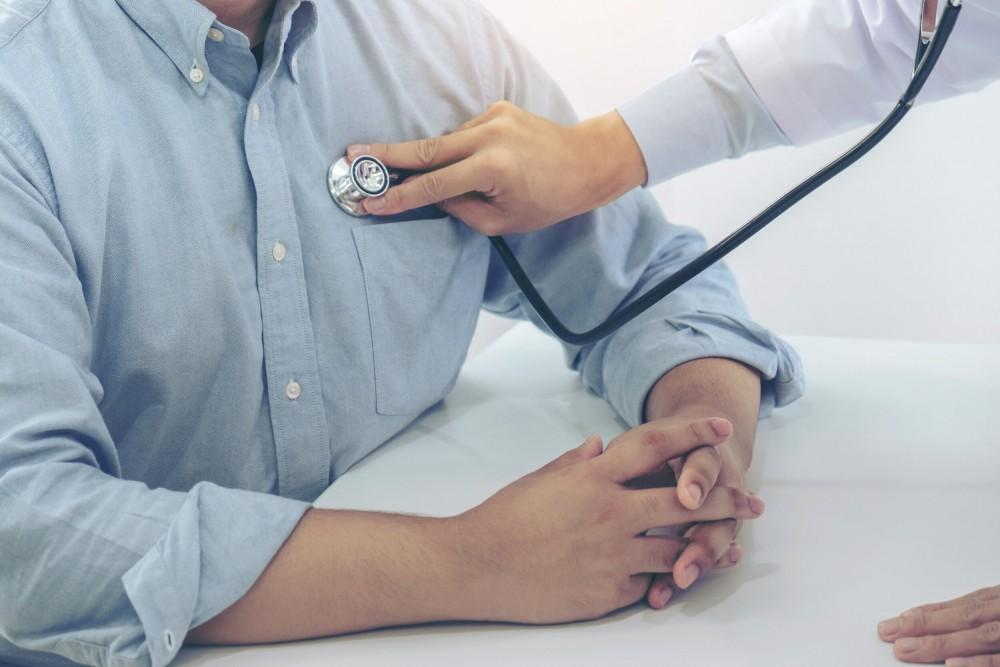Panic spreads quickly, especially with the technological abilities we have today. As soon as a student was being tested for the Coronavirus in Texas, residents began to take caution. Although there are currently no positive cases in Texas, thousands are infected worldwide and some experts claim that it could potentially spread. The novel virus likely originated at an animal and seafood market in Wuhan, Hubei Province, China.
SHOULD YOU BE WORRIED?
The CDC explains, “If you were recently in China in the last 14 days and feel sick with fever, cough, or difficulty breathing, you should…seek medical care right away and…avoid contact with others.” They also recommend that you call your doctor or hospital before arriving to let them know what your symptoms and travel history are. If you do meet this criterion, you should take the following precautions to prevent getting other people sick:
- Stay home when you are not receiving medical care
- Isolate yourself from others
- Call your doctor before going to get checked out
- Wear a facemask to prevent germs from spreading
- Cover your mouth and nose when you cough and sneeze
- Wash your hands often for a minimum of 20 seconds
- Avoid touching items that other people will touch
- Carefully pay attention to and monitor your symptoms
SIGNS, SYMPTOMS, & TRANSMISSION
Signs of coronavirus involve mild to moderate upper-respiratory tract illnesses. Reported illnesses have ranged from individuals feeling mildly sick to people being severely ill and passing away. Some other symptoms include:
- Shortness of breath
- Cough
- Fever
The CDC is claiming that symptoms may appear in as few as 2 days up until 14 days after exposure. This estimation is based off of previous viruses that were similar in nature. The 2019 Novel Coronavirus is still relatively new so organizations like the CDC and WHO are basing some of their findings off of previous experience.
It is believed as of now that the virus can be spread via respiratory droplets, meaning coughing or sneezing can be enough for an infected person to pass on the virus. Clearly, anybody who is infected should be quarantined and isolated by any means necessary.
It should be stated that while this 2019 Novel Coronavirus is a serious public health threat, so far in America the immediate health risk is considered low at the moment. Of course that does not mean to refrain from taking preventative measures.
GUIDANCE FOR HEALTHCARE PROFESSIONALS WHO SUSPECT THE CORONAVIRUS IN TEXAS
For those who work in healthcare and want to prevent any kind of threat of coronavirus in Texas, there are some key guidelines to follow. If somebody contacts you and fears they are infected, instruct them to put on a facemask to do their best to prevent any contagious pathogens.
When patients arrive at your facility, have a separate waiting room for them to stay in that is at least 6 feet away from anyone else and well ventilated. Use all precautions you would with anyone with a potential virus, taking ever preventative measure possible.
Also make it top priority to inform your infection prevention and control services, local and state public health authorities as well as your staff that a patient is coming in with a potential Novel Coronavirus case. Your entire staff should be notified of when the potentially infected patient has arrived and their location at all times so if any staff must come in contact, they can take the needed precautions to interact with them.
At EMTexas our concierge members have proactive and preventive care that can boost immune systems, improve nutrition, which can offer some protection against illness. However, the best line of defense is always social distancing. Executive Medicine of Texas has applied to administer the vaccination against COVID-19, but as of now, no official roll out date has been announced from the WHO, CDC, and Texas Department of Health.







